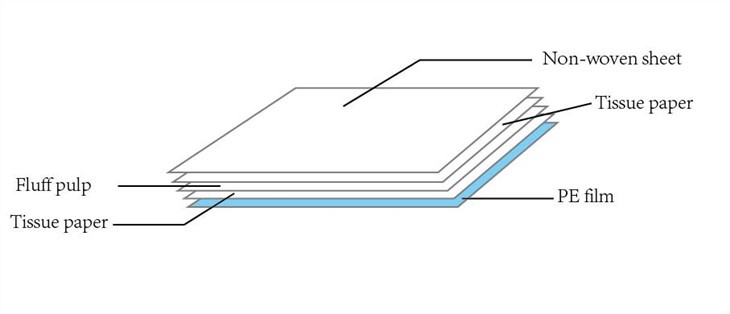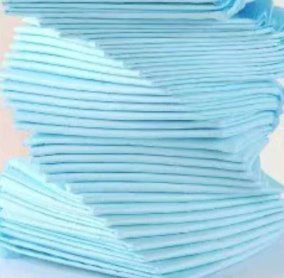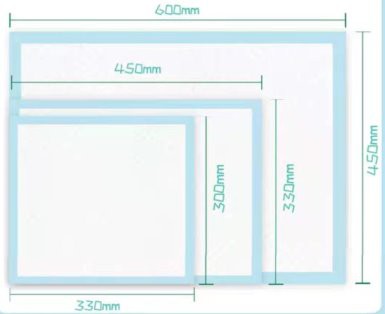
1.
Choose a Suitable Storage Location
By the changing table: Having a supply of nursing pads near the crib or changing station keeps them at hand once you start changing diapers.
Well ventilated and dry : You should store the nursing pads in a well ventilated, dry area. Make sure that they are not going to be damp or infested with mold, but ensure that strong sunlight is not directed on to your pads as it could cause damage to the material of the pad.
Safe and accessible: A location that is mercy and safe for parents to put the nursing pads. Avoid storing them in high or hard-to-reach places.

2.
Classify and Store
Keep disposable and non-disposable pads separate: If you use both disposable and non-disposable nursing pads, it's best to keep them in different sections. You may use various drawers or boxes to separate them from one another so that you don't have to spend time looking for the kind that you require.
Size-based sort: If your nursing pads come in various sizes, you may also want to sort them according to size. This will save space and also help you find the pad you need for your baby quickly.

3.
Make Rational Use of Storage Tools
Storage boxes or bags: Use storage boxes or bags with dividers to organize the nursing pads. This makes it easier to access and helps keep the storage area tidy.
Multi-layer drawer cabinet: If space allows, consider using a multi-layer drawer cabinet to store baby products, including nursing pads. This makes efficient use of vertical space and keeps everything more organized.

4.
Pay Attention to Hygiene and Safety
Regular cleaning: Clean the area where nursing pads are stored regularly to maintain hygiene. Also, check and replace expired pads as needed.
Avoid contamination: Due to the nursing pads being attached with your body, it is very important to keep them safe from harmful substances when storaging them. Store these out of reach of the baby to prevent accidental ingestion or misuse.
